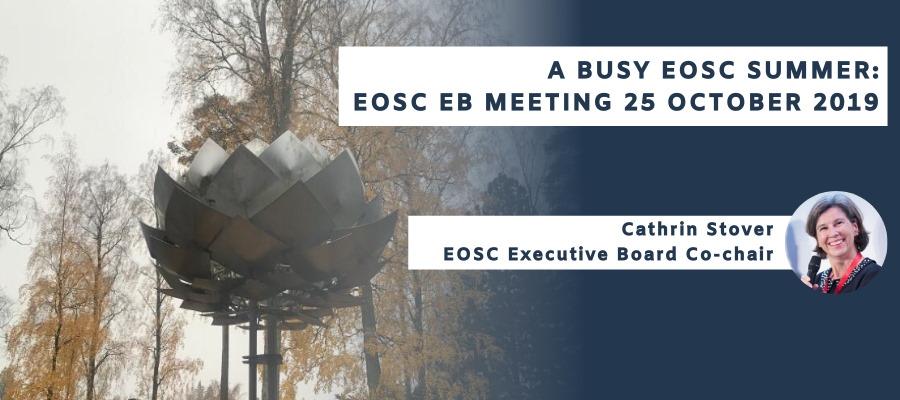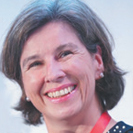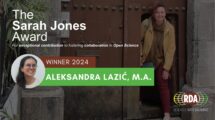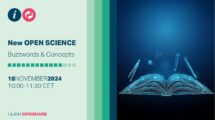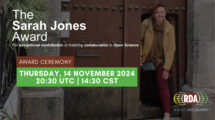Time for a blog from the EOSC Executive Board summarizing a bit what has happened over a very busy summer and giving you links to stay up to date with our EB activities.
First, I would like to point out that we held an “EOSC meets RDA” event at the end of October in Helsinki, which allowed us to engage with the international community of data experts facilitated by Hilary Hanahoe and the amazing global RDA community. The morning consisted of panel discussions with international experts from around the world and with the EOSC EB Working Group leaders. The stream is available here and the write-up from the event can be found here.
We also had an EOSC Executive Board meeting on Friday 25 October. We are very happy that Lidia Borrell-Damián (ScienceEurope) joined us on the Executive, replacing Stephan Kuster. And here are some highlights from our discussions:
Over the summer, the Sustainability WG wrote a strawman “Solutions for a Sustainable EOSC” on post-2020 EOSC sustainability. This document was circulated in the community and also made available to the EOSC Governance Board for comments. Rupert Lück, who co-chairs this WG with Lidia Borrell-Damián, talked us through the findings of the strawmen and also updated the EB on the comments that have been received. The Sustainability WG is at this point going through the comments received and will continue the conversation with initial feedback to the Governance Board in their meeting on 15 November. The TF on Legal Entities, which is part of the Sustainability WG has in parallel carried out a study on the possible legal entities for the EOSC post-2020, again, their finding will be discussed at the GB meeting on 15 November.
Another document, which we – as EOSC EB – have been very busy with over the last few weeks, is a draft proposal towards a European partnership for EOSC under Horizon Europe. Again, this partnership would address the post-2020 set up of EOSC. As EB we have come up with a very first draft description, which again is for discussion with the GB on 15 November. This document will need a lot of fine-tuning before we can submit it at the end of this year and the fluid interaction between the EOSC EB, GB and the EC will be required to make this work in a very limited amount of time.
One item that I want to clarify is that at this stage, the EOSC EB Working Groups have decided that they will not run an open call for additional experts. All WG leads have had meetings now with their participants and it is felt that all necessary knowledge and skill-sets are covered by the participants. But this only means that we are stepping up our stakeholder engagement in other ways – and here’s where I come to our net event, which is the EOSC Symposium followed by the Second Coordination meeting which will take place in Budapest 26 to 28 and 28 to 29 November respectively – you can find all further information on these events here.
And a further word on the WGs – we are working with the WG participants to make sure that WG participation can be made transparent on the EOSC Secretariat website – just as much as we are working to ensure that all minutes of the f2f meetings of the WGs will be made available and shared. This is work in progress, but we have a commitment to getting it done. All the EOSC EB minutes are available of course from the EC register here.
What are our next steps? We have a meeting with the GB on 15 November and another EB meeting on 22 November, that is followed by the EOSC Symposium and Coordination week in Budapest and then we have the second EOSC EB, GB and EC meeting in Milan in early December. We have a lot to talk, but we also have the structure and draft proposals to guide our conversations.
Last not least and as a personal aside: There is an excellent saying (attributed to Tao Te Ching) “when the student is ready, the teacher will appear” which is precisely what happened to me over the last few weeks with the new Eurodoc Open Science Ambassador Training – teaching key practices in Open Science – have a look at the 1hr modules which you can find here. For somebody, like me, who has come to EOSC from the e-infrastructures, this is very valuable indeed.
Thanks for reading!
